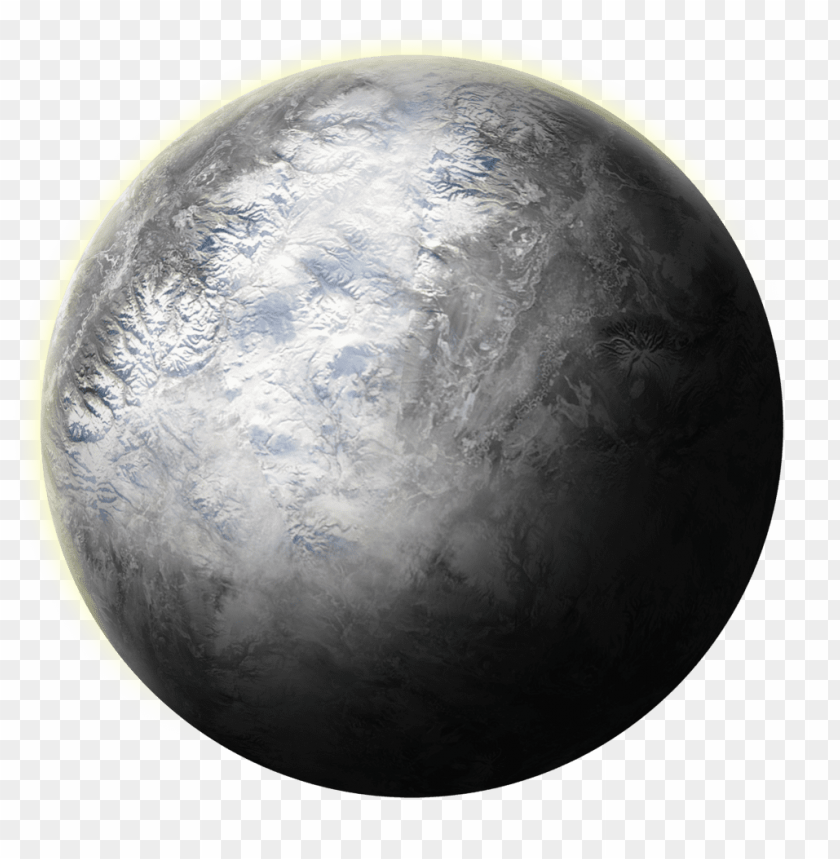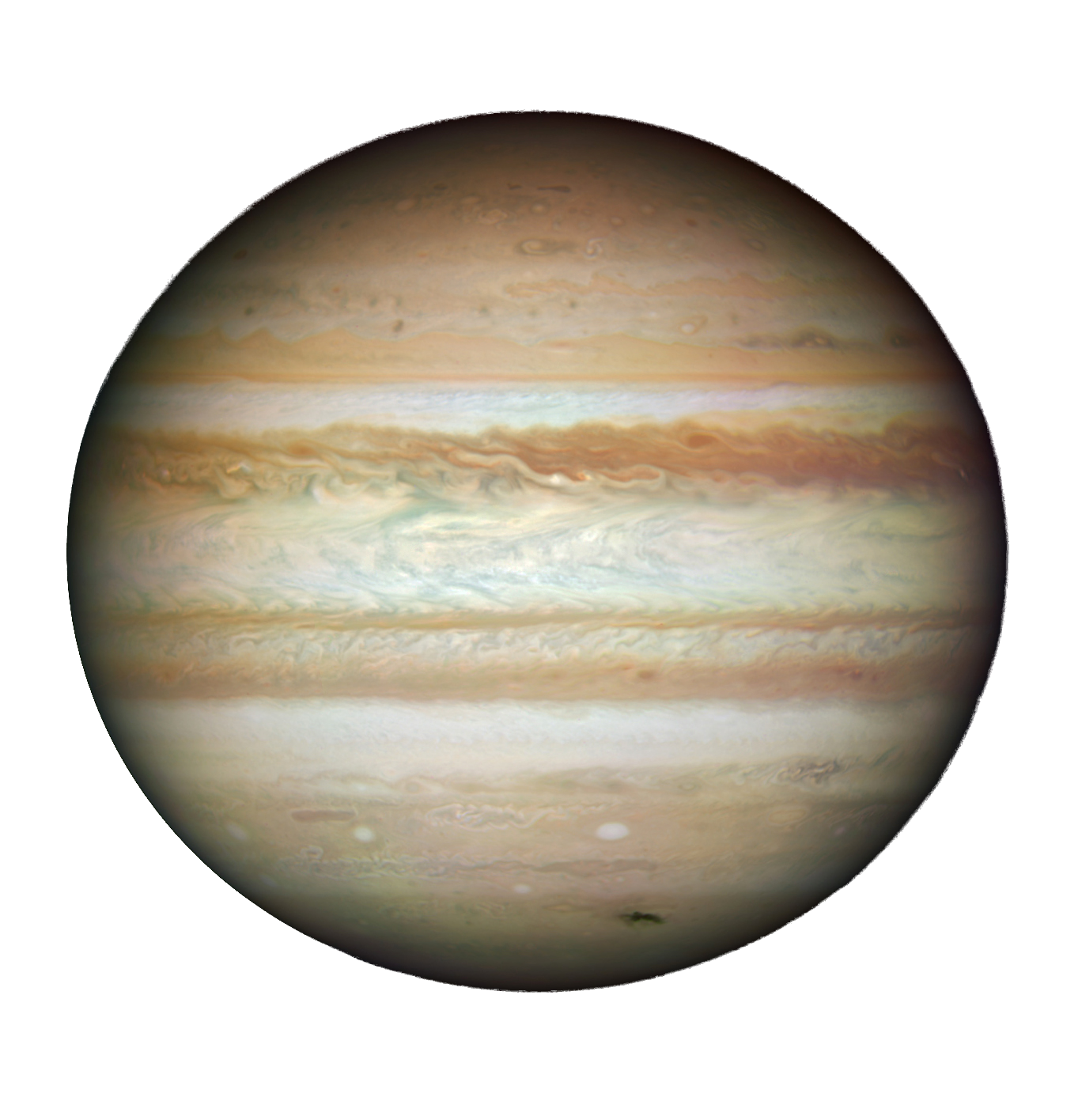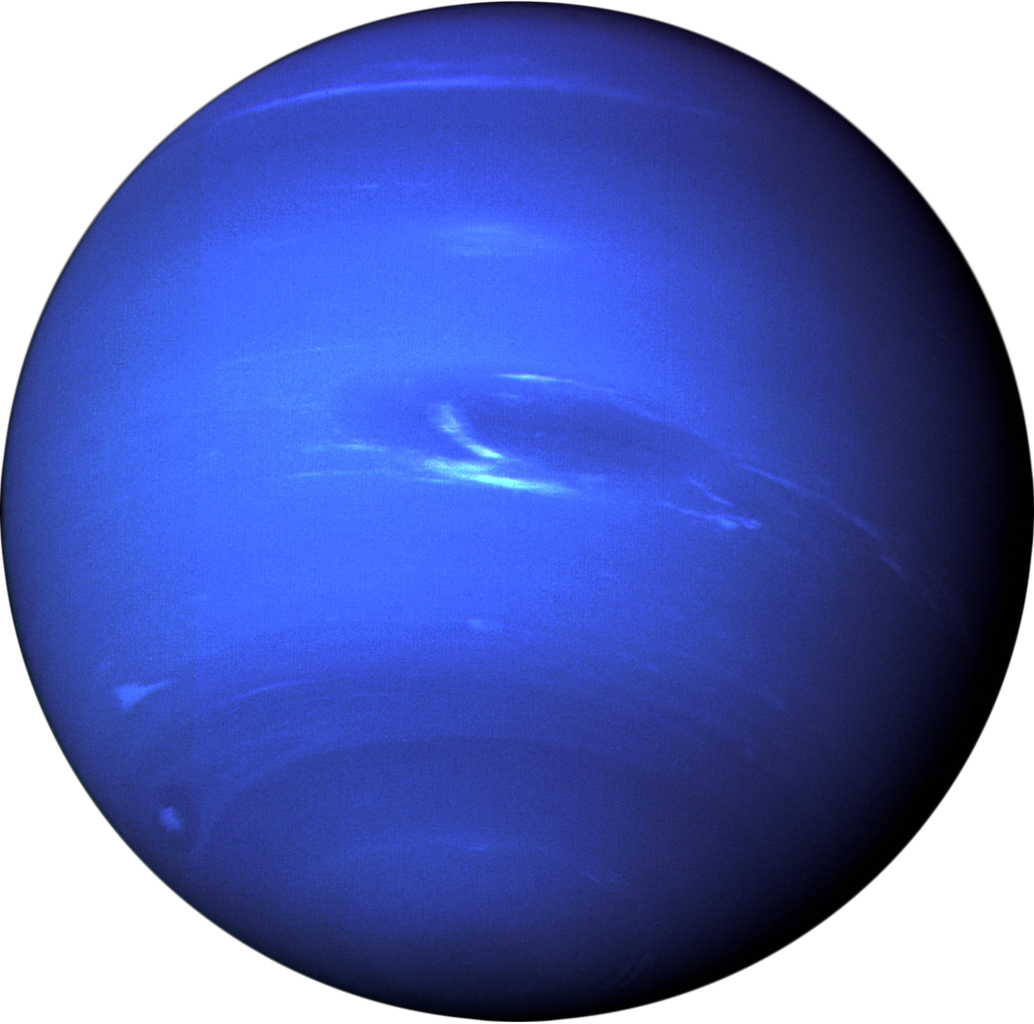Venus
Venus is the second planet from the Sun and our closest planetary neighbor. Similar in structure and size to Earth, Venus spins slowly in the opposite direction from most planets. Its thick atmosphere traps heat in a runaway greenhouse effect, making it the hottest planet in our solar system with surface temperatures hot enough to melt lead. Glimpses below the clouds reveal volcanoes and deformed mountains. Venus is named for the ancient Roman goddess of love and beauty, who was known as Aphrodite to the Ancient Greeks. Size and Distance With a radius of 3,760 miles (6,052 kilometers), Venus is roughly the same size as Earth — just slightly smaller. From an average distance of 67 million miles (108 million kilometers), Venus is 0.7 astronomical units away from the Sun. One astronomical unit (abbreviated as AU), is the distance from the Sun to Earth. It takes sunlight 6 minutes to travel from the Sun to Venus. Orbit and Rotation Venus' rotation and orbit are unusual in several ways. Venus is one of just two planets that rotate from east to west. Only Venus and Uranus have this "backwards" rotation. It completes one rotation in 243 Earth days — the longest day of any planet in our solar system, even longer than a whole year on Venus. But the Sun doesn't rise and set each "day" on Venus like it does on most other planets. On Venus, one day-night cycle takes 117 Earth days because Venus rotates in the direction opposite of its orbital revolution around the Sun. Venus makes a complete orbit around the Sun (a year in Venusian time) in 225 Earth days or slightly less than two Venusian day-night cycles. Its orbit around the Sun is the most circular of any planet — nearly a perfect circle. Other planet's orbits are more elliptical, or oval-shaped. With an axial tilt of just 3 degrees, Venus spins nearly upright, and so does not experience noticeable seasons. Formation When the solar system settled into its current layout about 4.5 billion years ago, Venus formed when gravity pulled swirling gas and dust together to form the second planet from the Sun. Like its fellow terrestrial planets, Venus has a central core, a rocky mantle and a solid crust.








